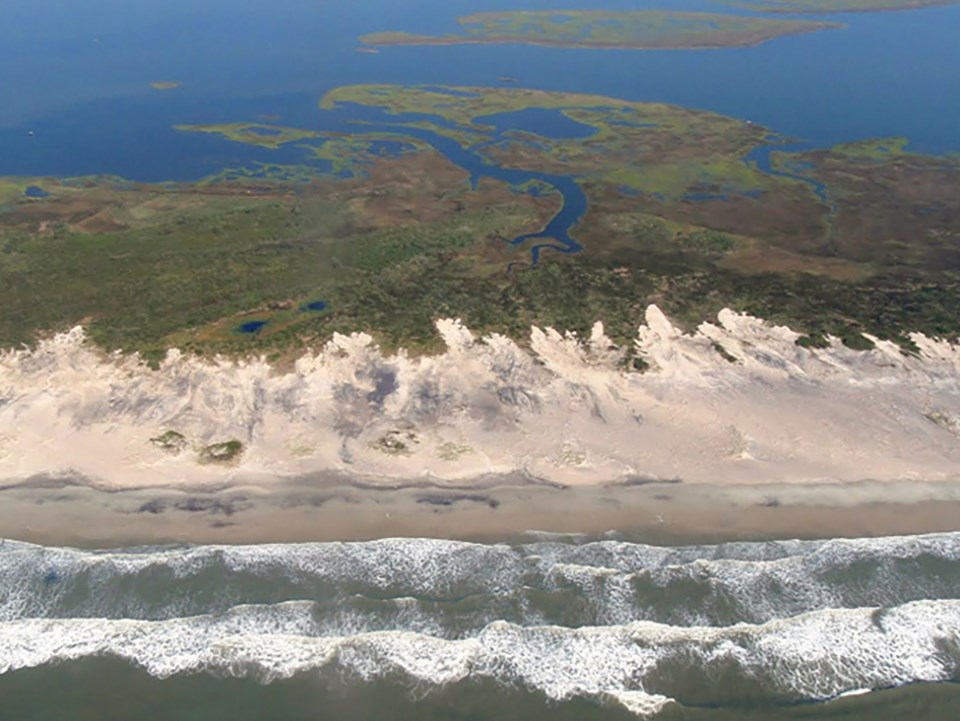NOAA Study Assesses Vulnerability of Coastal Habitats to Climate Change in the NE
Posted
Last Updated
NOAA Fisheries and partners assessed the vulnerability of marine, estuarine, and riverine habitats in the Northeast United States to climate change. The findings were recently published in the scientific journal PLOS ONE. We found salt marshes, shellfish reefs, deep-sea corals, seagrasses, kelp, and intertidal habitats to be among the most vulnerable. The coastal habitats with the highest climate vulnerability are also those most often at risk from degradation due to coastal development and pollution. The assessment highlights the importance of prioritizing habitat protection and restoration to support resilience and adaptability to climate change.
First-of-Its-Kind Assessment
This is the first climate vulnerability assessment for habitats that NOAA Fisheries has conducted. We examined the impact of climate-driven changes on 52 marine, estuarine, and riverine habitats from Cape Hatteras, NC to the Maine-Canadian border. It also considered non-climate factors, such as coastal development and pollution.
This assessment complements the 2016 Northeast Fish and Shellfish Climate Vulnerability Assessment, and other fish stock, protected species, and fishing community climate vulnerability assessments. It also provides a framework for evaluating relative sensitivity and exposure of habitats to climate change that can be used in other regions. The vulnerability assessment methodology uses information on:
- Habitat characteristics
- Habitat distributions
- Projected future climate and ocean conditions to estimate vulnerability
Specifically, it looks at how climate-related changes could impact a habitat. The results are intended to guide research on possible climate impacts on habitats, and help decision-makers consider how to prepare for and respond to climate-related changes. For example, the 2016 Northeast assessment ranked winter flounder as very highly vulnerable to climate change. This is due to low stock status in the southern part of its range and declining population productivity associated with increased nearshore temperature.
READ MORE at fisheries.noaa.gov

